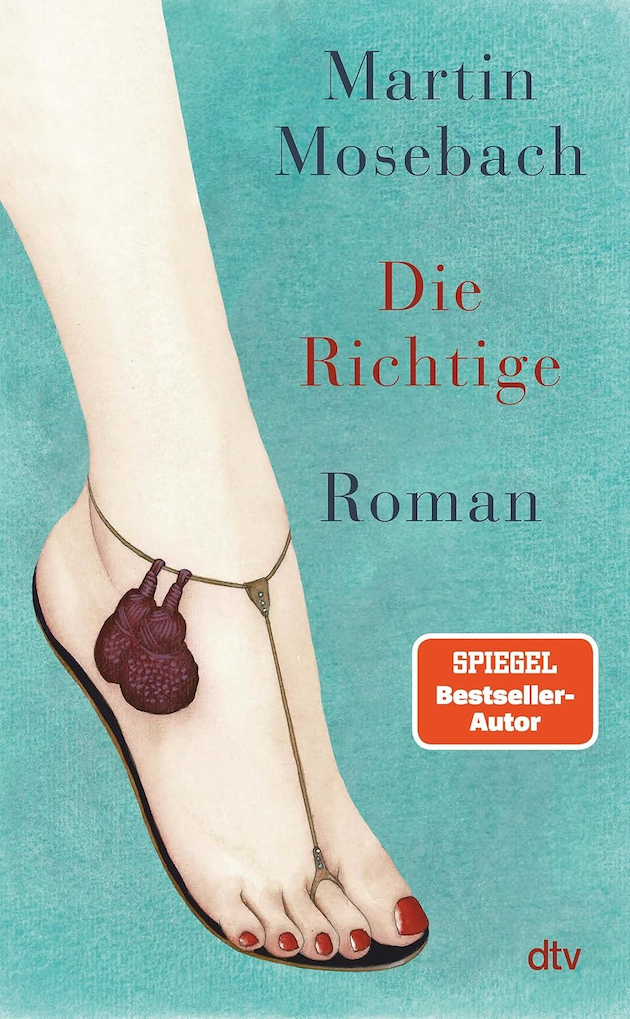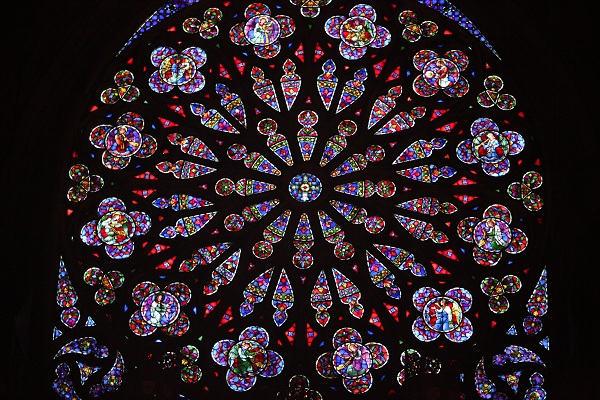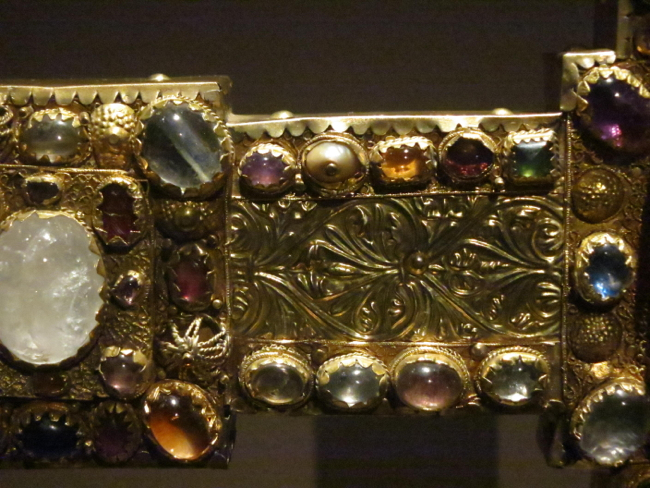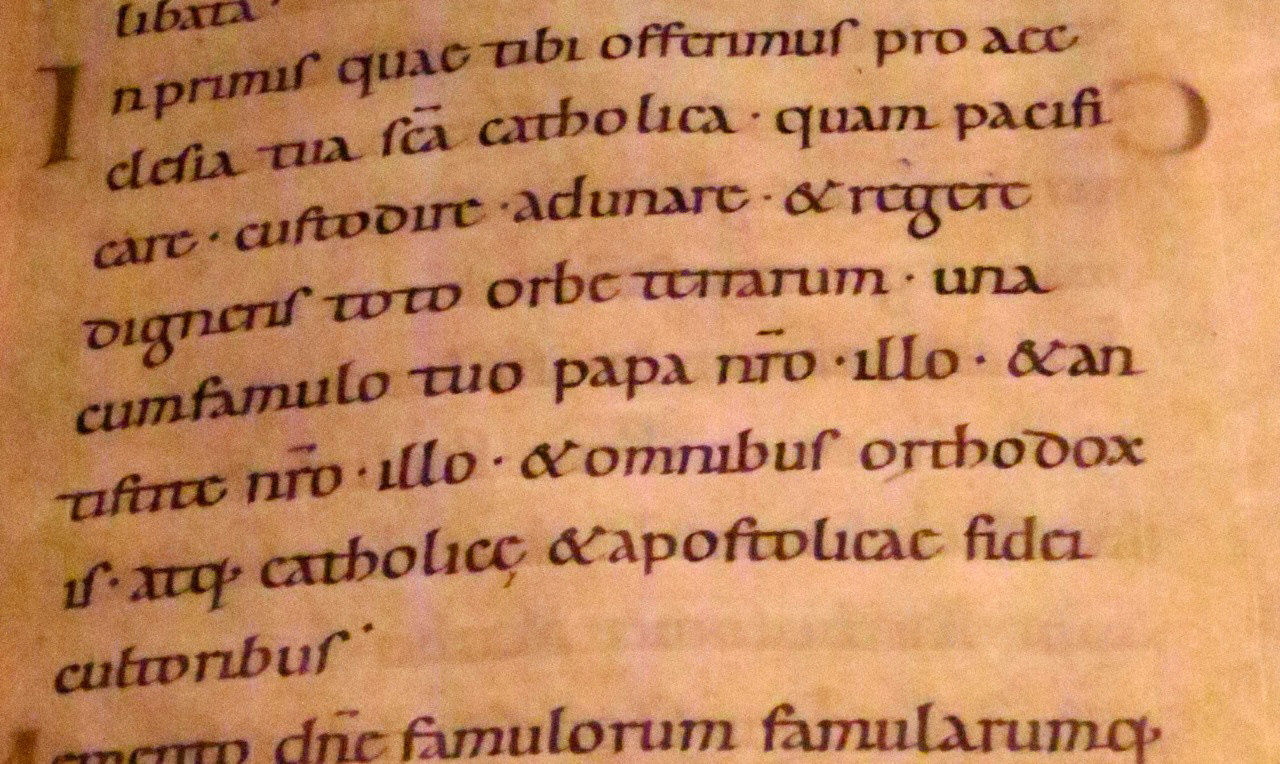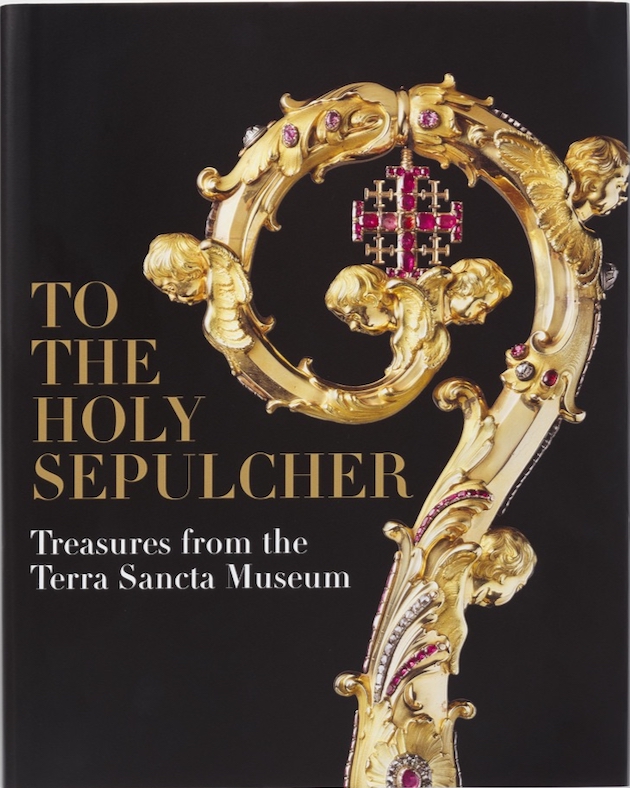
Charles-Gaffiot, Jacques, “In the Earthly City of Emmanuel: the Liturgy of Heaven Dwells among Mankind” in Salomon, Xavier F., Charles-Gaffiot, Jacques, and Constensoux, Benoit, To the Holy Sepulcher:Treasures from the Terra Sancta Museum (The Frick Collection, New York and D.Giles Limited 2025)
Is it not remarkable? A catalog for the exhibition of liturgical treasures from the Terra Sancta Museum in Jerusalem is published by a secular institution, the Frick Collection. Yet it contains in an essay of some 17 pages, one of the most succinct and theologically rich explanations of the Roman Catholic Mass I have ever encountered. Perhaps this clarity and honesty are attributable to the secular nature of the hosting institution, which needs to explain to visitors what the exhibits were used for and what their meaning was to their donors and creators. Assuming that the average visitor knows nothing about such matters – a good assumption – the Frick museum has to provide a basic introduction to the subject. And it has little incentive to advance modernist and secularist agendas.
The author, Jacques Charles-Gaffiot, bases his analysis almost entirely on the Traditional Latin Mass. Indeed, he emphasizes the continuity of the Tradition embodied by this Mass from early Christianity to the splendid liturgical celebrations at the court of Louis XIV (contemporaneous with the creation of many of the exhibits that can be seen in this show) to the clandestine liturgies of Fr. Maximilian Kolbe at Auschwitz. The author’s analysis of the Mass as primarily a sacrificial act is eminently Catholic. The same is true of his equation of the Mass with the heavenly liturgy. Throughout his essay Charles-Gaffiot develops the symbolic meaning of the Mass and of the sacred objects used therein and on display in this exhibition. As he writes:
The pieces of gold and silver assembled in the exhibition this book accompanies find the understanding and legitimization of their existence in liturgy, particularly in Catholic liturgy. The decorators and goldsmiths who designed these pieces and gave them shape adhered to canons that were profoundly and widely understood in their day, allowing and facilitating their use during specific religious ceremonies, which were also painstakingly established. (p. 97)
Charles-Gaffiot describes in great detail the parallels between the Mass and Jewish rituals. For the Church had always seen Christian worship as the fulfillment and completion of the worship of God set out the Old Testament. Then, especially regarding liturgical dress, there came influences from pagan Rome (or example wearing of the stole or the adoption of the basilica by the earliest churches.)
This passage is a good example of the author’s approach:
Since the seventh century, a crucifix has been placed on top of the altar indicating that with each celebration of mass the place becomes the new Calvary, where Christ sacrifices himself. Moreover, the lighting on or around the altar conveys a particular symbolism. During Mass, at least one candle must be lit on each side of the altar: the one to the left of the crucifix represents the holy figures of the Old Law; the one to the right those of the New. They also symbolize the two cherubim placed on the Ark of the Covenant (the seat) as well as the two seraphim that Isaiah heard singing three times to honor the Thrice Holy God. During solemn Masses, the six candles on the altar are lit; a seventh is added behind the crucifix on the occasion of a pontifical Mass. These lights recall not only the seven-branched candlestick but also the seven golden lampstands placed before the throne of God as described in the Apocalypse.(pp.100-01)
This essay alone is well worth the substantial ($89) price of the catalogue! The exhibition only lasts untl January 5, 2026. I have written a review: The Legacy of Christendom.

